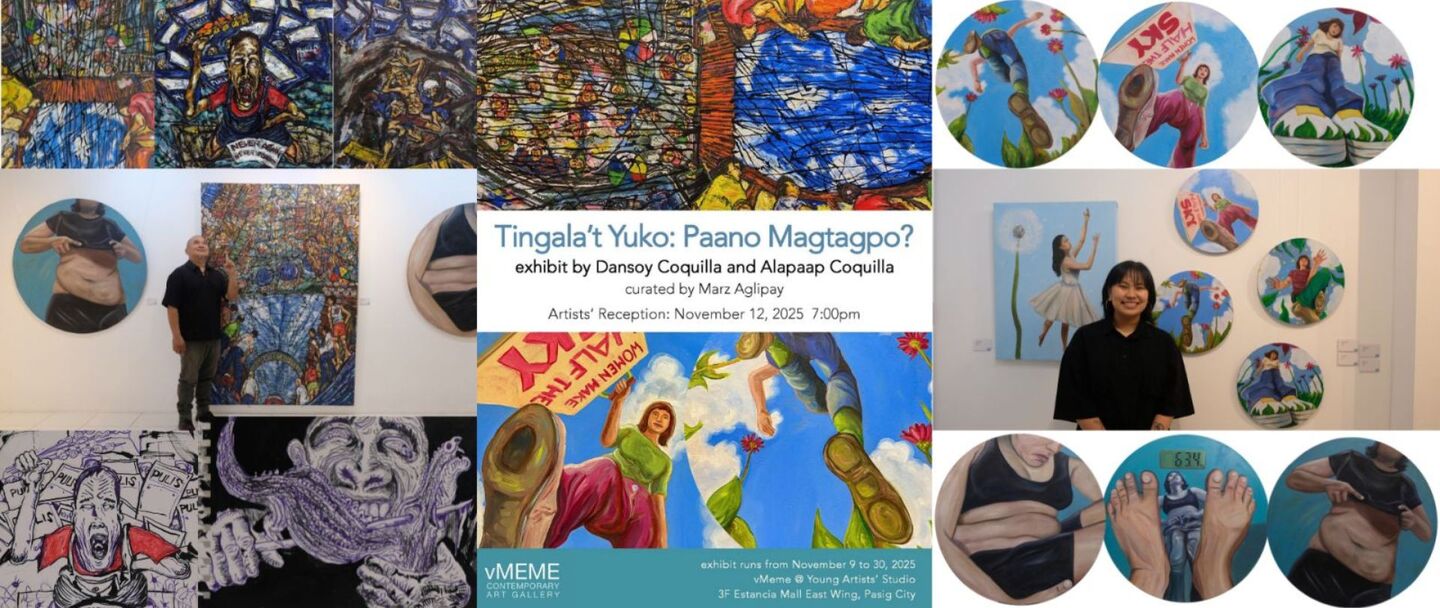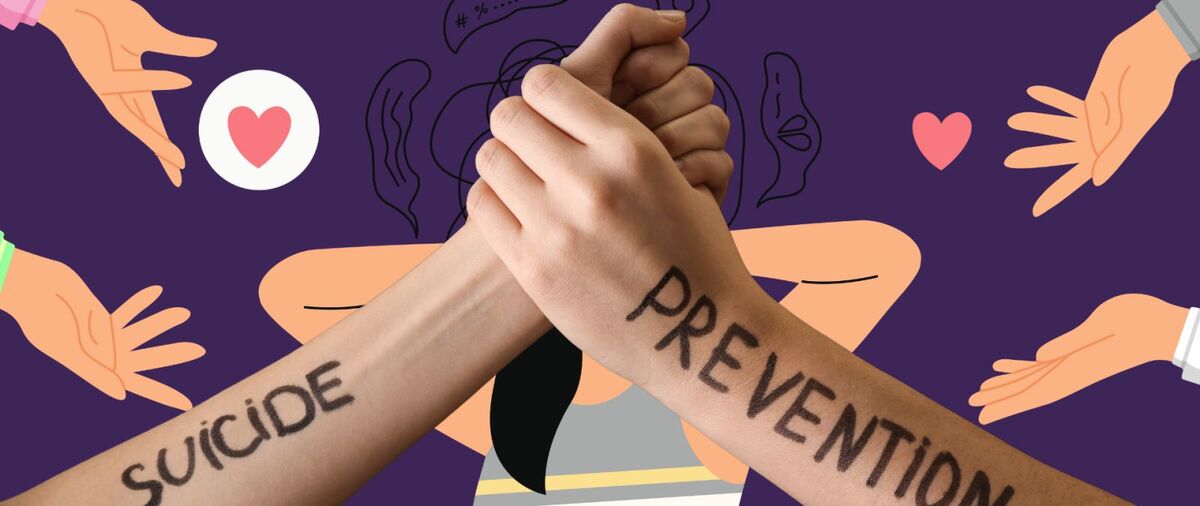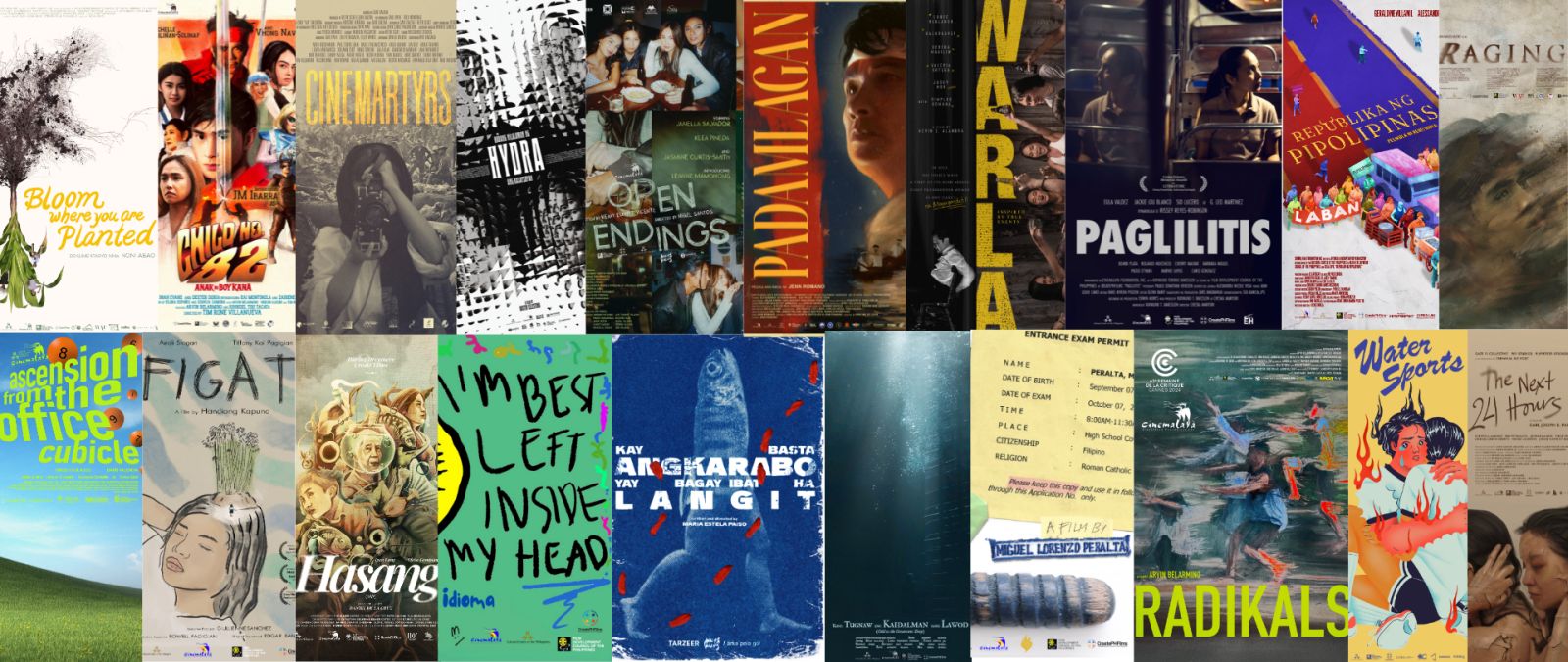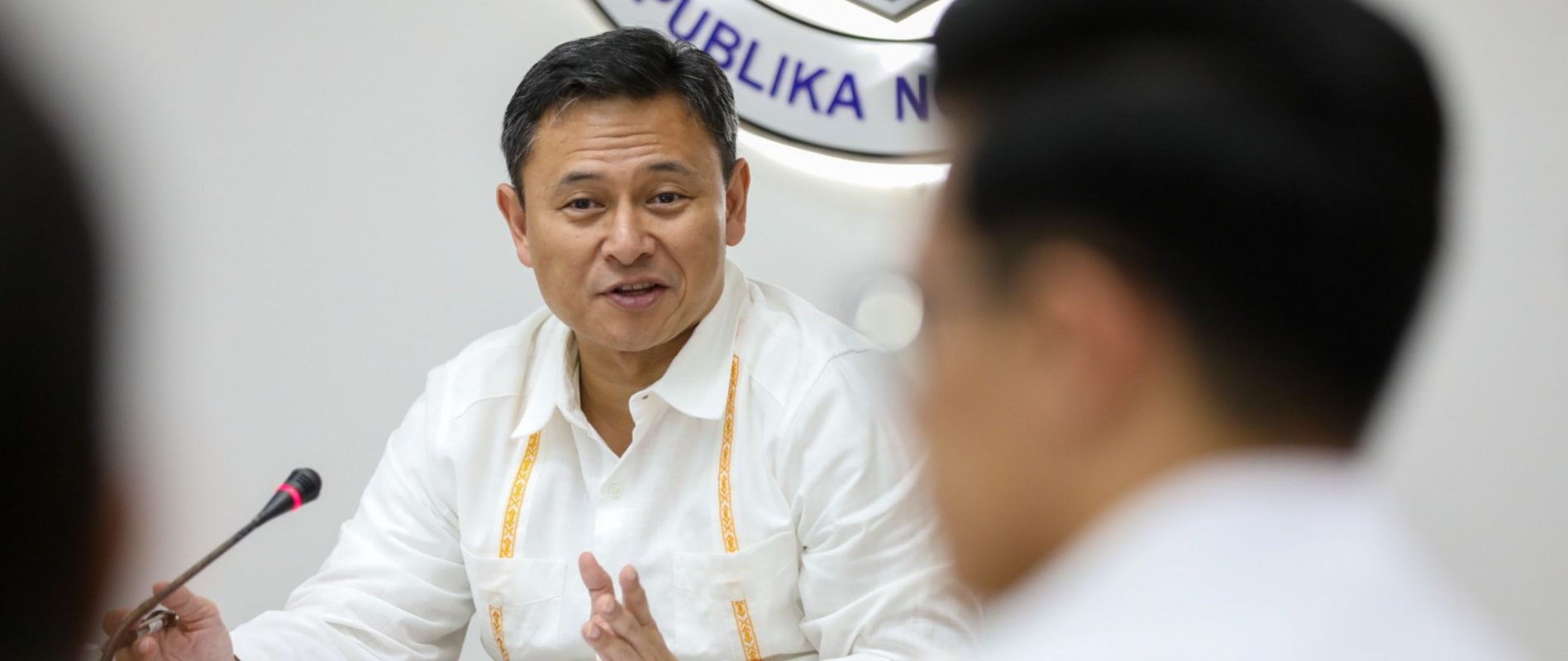ICYMI: THIS TECH SAVVY TEEN COULD BECOME THE FIRST MILLENNIAL SAINT, SHOWING WHAT SAINTHOOD IN THE 21ST CENTURY LOOKS LIKE
An internet savvy teenager who used the internet to spread his faith is on a path to becoming the first millennial saint, showing what it’s like to be a saint in the 21st century.
Carlo Acutis, dubbed as “the patron saint of the internet”, was beatified on Saturday, October 10, at a ceremony in the town of Assisi, moving one step closer to sainthood. He died of leukemia at 15 years old in 2006, was placed on the path to sainthood after the Vatican ruled that he had miraculously saved another boy’s life.
But instead of flowing robes or rosary on his hand, “For the first time in history, we will see a saint dressed in jeans, sneakers, and a sweater. This is a great message for us, we can feel holiness not as a distant thing but as something very much within everyone’s reach because the Lord is the Lord of everyone,” Fr. Carlos Acácio Gonçalves Ferreira said.
Soon enough, the Catholic Church would have a saint donning a jacket, jeans and a pair of running shoes, a computer genius to add to that.
Carlo was said to be passionate about computers and reportedly taught himself how to code, but was also conscious about the dangers of technology. Like other teens in this day and age, he played video games, enjoyed making videos of his dogs, had a phone, and an email address. But what sets him apart is that he’ll soon become the first millennial to be recognized as a saint, serving as an example for millennials and Gen Z’s in a tech-based generation.
“Carlo puts flesh on what a saint who plays video games and goes on the internet looks like. He challenges me to examine my conscience and say, ‘Ok, I’m called to be a saint who uses the internet too. Am I using it to make God’s love known?’” 25-year-old Cecilia Cicone, a 25-year-old told Catholic News Agency.
But how does one become a saint? Well, there are few steps required on the path to sainthood. There’s a waiting period of at least five years after their death before someone’s process starts. But this waiting period can, in some circumstances, be waived by the Pope. Next would be an investigation to see whether the person lived their life with sufficient holiness or evidence of the individual being a “servant of God”.
The department that makes recommendations to the Pope on saints would then scrutinize the evidence if they show proof of “heroic virtue”. After that, the next stage of beatification requires at least two miracle to be attributed to prayers made to the individual after their death. When these miraculous incidents are verified, they are given the title “blessed” and then declared a deceased person a saint through canonization.
For Carlo Acutis, his true passion was the Eucharist: “his highway to heaven”. At the age of 11, he started investigating the Eucharistic miracles that happened in history. Using his computer knowledge and skills, he created a website that traced that history.
Unlike other saints, there were no visions, nor stigmata. Just a teenager with a computer and his love of God. The church hopes that his normalcy would inspire people across the world of the impact that given how contemporary he is, sort of a spiritual wake-up call for some Catholics.














